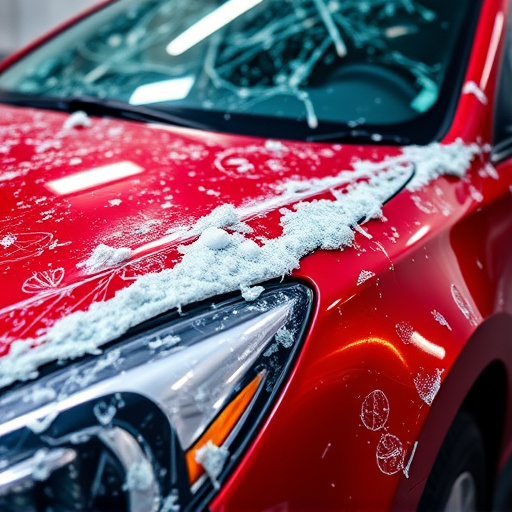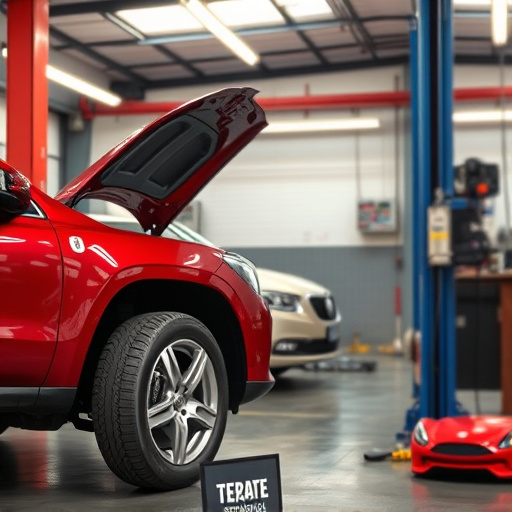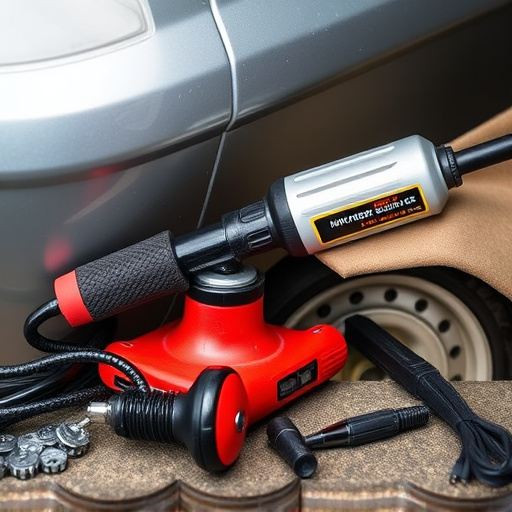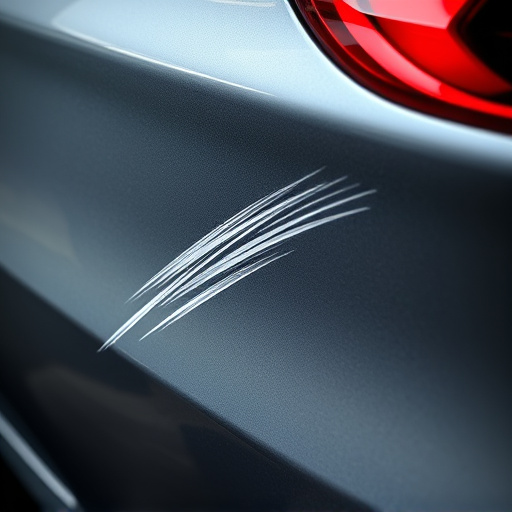OEM-certified replacement parts offer superior quality, compatibility, and reliability for vehicles, ensuring long-term performance and safety through rigorous testing. Generic auto components provide a cost-effective alternative but may compromise quality and lead to future repairs. When choosing between the two, car owners should prioritize OEM parts for their durability and warranties, while recognizing the importance of professional installation for optimal vehicle integrity.
When it comes to maintaining your vehicle, choosing the right replacement parts is crucial. This decision becomes even more important when opting for either OEM-certified or generic auto components. This article delves into the nuances of these two part categories, focusing on quality assurance, reliability, cost, and availability. By understanding the key differences, car owners can make informed decisions, ensuring their vehicles remain in optimal condition while staying within budget constraints.
Let’s explore the benefits and considerations of each option, emphasizing the significance of OEM-certified replacement parts for peace of mind.
- Understanding OEM-Certified Parts: Quality Assurance and Reliability
- The Benefits of Using Generic Auto Components: Cost-Effectiveness and Availability
- Comparing the Two: Key Differences and Considerations for Car Owners
Understanding OEM-Certified Parts: Quality Assurance and Reliability

OEM-certified replacement parts are designed to meet the exact specifications set by the vehicle manufacturer. This ensures that they fit perfectly and perform optimally within your car, truck, or SUV. Beyond mere compatibility, OEM certification guarantees a rigorous quality assurance process. Each part undergoes extensive testing to ensure it meets safety standards and delivers reliable performance over the long term.
When you choose OEM-certified parts for tire services, auto body shops, or auto body repair, you’re investing in your vehicle’s longevity. These components are built with high-quality materials and manufactured according to strict guidelines, ensuring they withstand daily wear and tear without compromising safety. This reliability translates into peace of mind while driving, knowing that every part of your vehicle operates at its best.
The Benefits of Using Generic Auto Components: Cost-Effectiveness and Availability
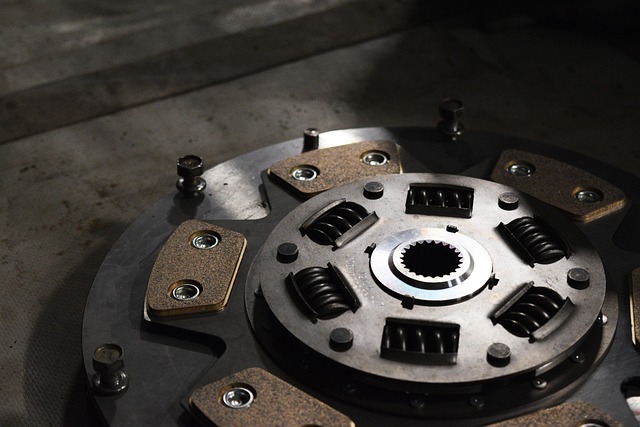
Using generic auto components offers a cost-effective solution for those looking to save money on their vehicle repairs and maintenance. These parts are designed to be a direct fit for various car models, making them readily available and often more affordable than OEM-certified replacement parts. This accessibility is particularly beneficial for budget-conscious consumers who still want reliable, high-quality components.
Moreover, generic auto components can contribute to the ease of finding replacements for damaged vehicle bodywork, especially when it comes to paintless dent repair or frame straightening services. Their availability allows for quicker repairs and can be a game-changer in situations where OEM parts may be hard to source or excessively priced.
Comparing the Two: Key Differences and Considerations for Car Owners

When comparing OEM-certified replacement parts to generic auto components, car owners should be aware of several key differences. OEM (Original Equipment Manufacturer) parts are designed and manufactured by the same company that produced the original part, ensuring a perfect fit and often superior quality. These parts are subject to rigorous testing and adhere to strict industry standards, providing peace of mind for drivers. On the other hand, generic or aftermarket components may not offer the same level of compatibility, reliability, or durability. They might require additional modifications to fit properly and could potentially lead to long-term issues with your car’s performance and safety.
Considerations for car owners include cost, warranty coverage, and the reputation of the supplier. While OEM parts can be more expensive initially, they often come with extended warranties from reputable manufacturers, guaranteeing their quality. Generic alternatives may seem like a more budget-friendly option, but they could result in frequent replacements or costly repairs down the line. When choosing between the two, car owners should also factor in the expertise of a trusted body shop that specializes in both auto painting and bodywork services, ensuring proper installation and maintaining the vehicle’s overall integrity.
When it comes to choosing between OEM-certified replacement parts and generic auto components, car owners must weigh quality, cost, and reliability. While generic parts offer cost-effectiveness and widespread availability, OEM-certified components provide superior quality assurance and enhanced vehicle performance. Understanding the key differences is essential for making an informed decision that best suits individual needs and budgets. By carefully considering these factors, drivers can ensure their vehicles remain reliable and safe on the road.

